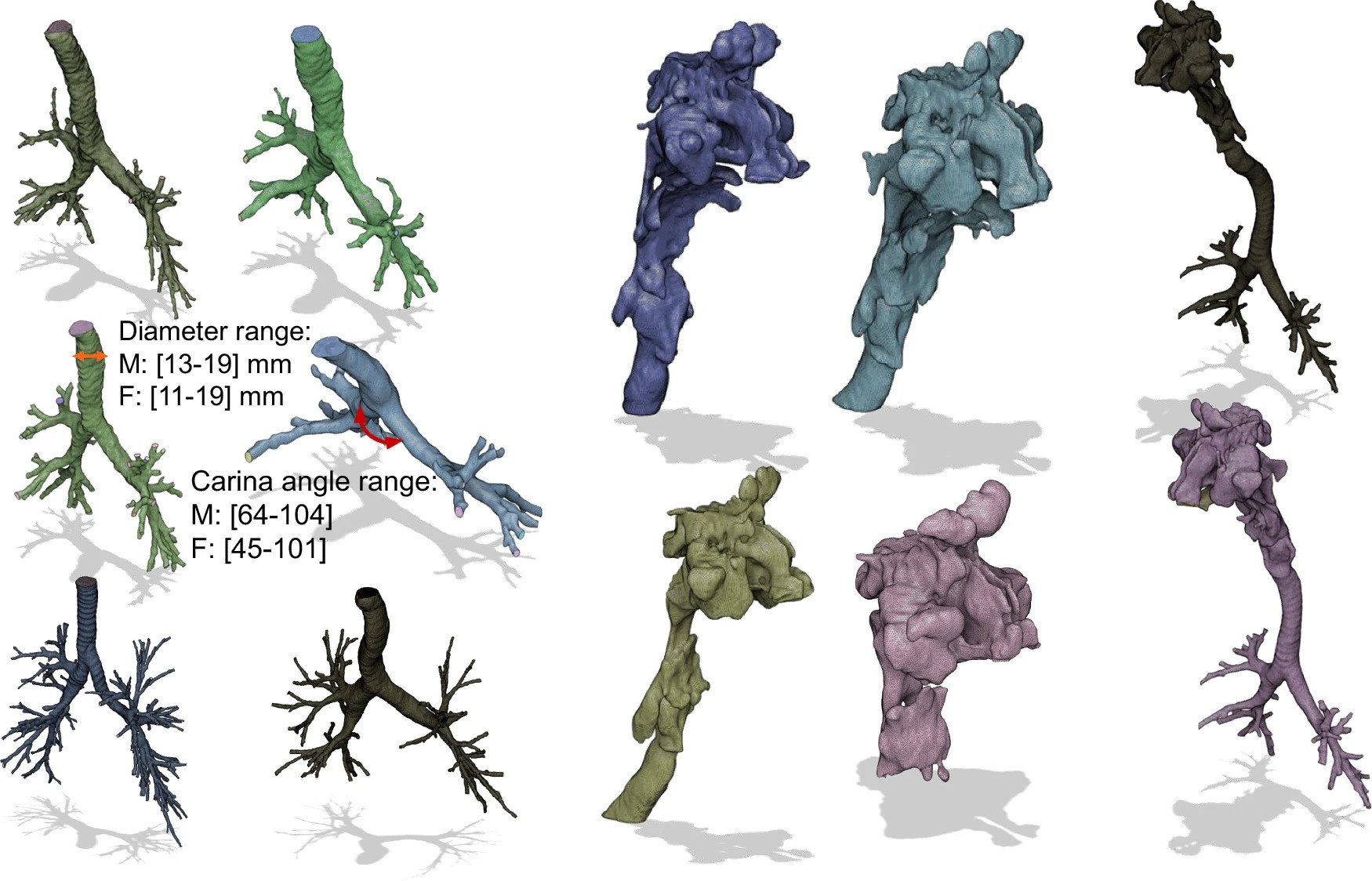
New Research Leveraging 3D Printing Could Enhance Accuracy of Radiation Exposure Assessments
February 5, 2025
By Chloe Arrington
Researchers in the George W. Woodruff School of Mechanical Engineering have made significant strides in the field of radiation dosimetry by leveraging 3D-printed human respiratory tracts. This innovative research aims to enhance the accuracy of radiation exposure assessments, particularly in the event of a radiological incident.
The study focuses on how radioactive particles deposit within the human respiratory system when inhaled. Current models used to predict this process are often too general. While they consider factors like age, sex, and body weight, they can be inaccurate for individuals who do not fit the "average" profile.
Nuclear and radiological engineering Ph.D. student Ignacio Bartol and research engineer Martin Graffigna Palomba, under the joint supervision of Assistant Professor Shaheen Dewji and Mauricio E. Tano from Idaho National Laboratory, recently published their findings in the journal Nature Communications Engineering.
The research introduces subject-specific analyses using realistic 3D-printed human respiratory tracts to provide more accurate assessments. The findings reveal that even minor anatomical differences potentially lead to significant variations in particle deposition, impacting how radiation could affect adjacent organs.
The idea for this work came from Dewji and her colleagues, who are experts in dosimetry (the measurement of radiation exposure). The goal is to create adaptable models tailored to each individual, moving away from a one-size-fits-all approach.
"In an era of digital twins and AI becoming increasingly prevalent, this study represents a crucial step towards achieving personalized radiation dosimetry," said Bartol.
One of the most exciting parts of this project is its potential to make a real-world impact. The improved dosimetry models could lead to better radiation safety assessments, not only in emergencies but also in everyday healthcare. For example, they could help improve treatments like aerosolized drug delivery for lung diseases, or even aid in creating personalized therapies for patients.
The next stage of this research involves addressing the computational cost of simulations. The team is actively exploring methods to streamline the process, making it more efficient and accessible.
The research has already caught attention: it was selected as a 2024 Editorial Choice by the editorial board of Nature Communications Engineering.
